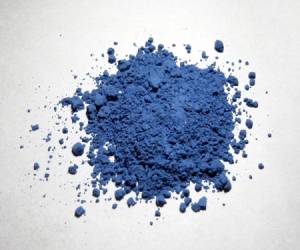About
A pigment is a material that changes the color of reflected or transmitted light as the result of wavelength-selective absorption. Both dyes and pigments are colored because they absorb some wavelengths of light more than others.
Most pigments used in manufacturing and the visual arts are dry colorants, usually ground into a fine powder.
Mixing of pigments is a subtractive combination of colors. The subtractive primary colors of pigment are:
- cyan (C),
- magenta (M),
- yellow (Y),
- and black (K)).
Usage
Pigments are used for coloring:
- paint,
- ink,
- plastic,
- fabric,
- cosmetics,
- food,
- and other materials.
Colorization Process
Most pigments used in manufacturing and the visual arts are dry colorants, usually ground into a fine powder. This powder is added to a binder (or vehicle), a relatively neutral or colorless material that suspends the pigment and gives the paint its adhesion.
Pigment vs Dye
A distinction is usually made between:
- a pigment, which is insoluble in its vehicle (resulting in a suspension),
- and a dye, which either is itself a liquid or is soluble in its vehicle (resulting in a solution).
In contrast to dyes, pigments are insoluble and have no affinity for the substrate.
